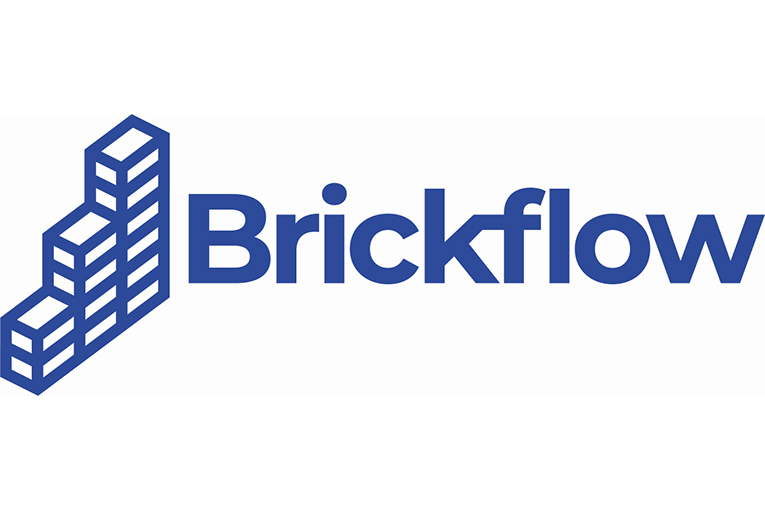NatWest has become the latest major UK lender to embrace embedded finance, following the announcement of a new partnership with Brickflow, the digital marketplace for specialist commercial property loans.
The collaboration will enable brokers and borrowers to access live NatWest rates and integrate deals in real time via Brickflow’s Lender API.
It aligns NatWest with the increasing number of investors and developers who are initiating funding searches online rather than in-branch. By connecting directly with Brickflow’s platform, NatWest aims to meet borrowers at the start of their journey and offer a faster, more efficient lending experience.
David Furnival, head of broker services at NatWest, described the development as “a step forward for brokers and their borrowers to easily connect with NatWest through Brickflow, quickly seeing live-rates and providing real-time deal integration.”
He added: “We’re always looking for new ways to better serve our customers so we’re happy to partner with Brickflow to do just this.”
The integration will allow brokers using Brickflow to view and compare NatWest’s rates and lending criteria in real time. As a result, manual data entry is reduced and deal timelines are shortened — key priorities for both brokers and borrowers in the current market.
The partnership also gives NatWest access to a wider network of digitally engaged intermediaries, extending its reach within the specialist commercial lending space.
For Brickflow, the addition of a high street name such as NatWest is further validation of its API-led approach to lender connectivity.

Ian Humphreys, the company’s chief executive, said: “APIs are no longer optional – they’re essential infrastructure for modern lending.”
Glenn Franklin-Jones, director of lender relations at Brickflow, called the partnership “the finance equivalent of last mile delivery”, underlining the importance of seamless integration between lenders and digital platforms.
“This integration is about more than just technology — it’s lenders recognising the benefits to modern methods of distribution,” he said.





